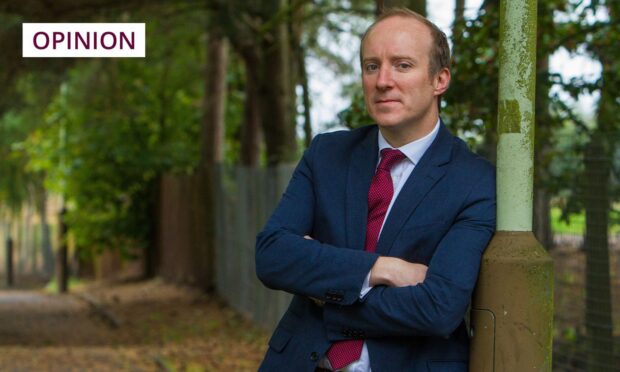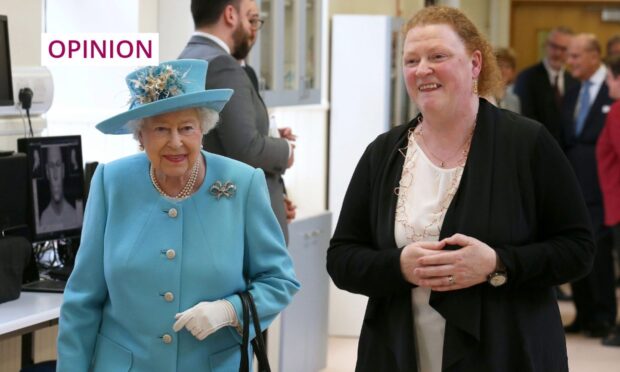Trust can only be built through transparency.
That is what the Scottish Government and the Parole Board must remember with a review of the parole system now officially underway in Scotland.
There is an uncertainty as to how parole decisions are reached in this country and how the board is regulated.
Currently all cases are dealt with behind closed doors, away from public scrutiny.
That lack of transparency breeds scepticism and doubt, especially when the decisions put violent offenders back on our streets years ahead of schedule.
It’s a process that raises serious questions about accountability and oversight.
Governance should be indisputable
Those questions only intensify when you read the words of the parole board themselves – statements that seem to cast doubt on the sturdiness of their own checks and balances.
In their annual report published in April, the Parole Board wrote: “Relations with Scottish Ministers are regulated by a Memorandum of Understanding (MOU) which includes reference to governance processes.
“There is, however, no statutory basis for governance arrangements.”
However, the Scottish Government say that governance arrangement are “underpinned by legislation”.
This is not an issue that either of the two organisations should be in any doubt over.
In fact, it’s troubling that there seems to be a disconnect there.
Legally-binding regulatory oversight of an organisation with the power of the parole board should be indisputable – currently that does not appear to be the case.
Review must be carried out in public
Credit must be given to the parole board in this regard – it is them who have highlighted the governance issue.
And it is them who appear to have pushed for this review of the parole process.
Because it must be remembered that while they are responsible for the decisions they make, they are following a framework designed by the government.
So it’s up to the Scottish Government to use this opportunity to cast some light on the parole process and start building back trust in how it operates.
What we can’t have is a review that is carried out in the same manner which the parole board come to their decisions.
That would be an assessment carried out behind closed doors where few get to know the results and even fewer get told how those results were reached.
Campaign demands should be part of review
The freeing of Angus killer Tasmin Glass halfway through her sentence sent shockwaves across Tayside – the disgust at her release is palpable.
People, her victim’s family included, want answers – answers they’ll never get due to the secretive nature of the current setup.
That lack of transparency, and the trauma it causes victims, must be a priority for those conducting this review.
They must ask how it can do better.
For months, The Courier has called for these issues to be addressed.
As part of our A Voice for Victims campaign we have demanded greater communication between the board and victims of crime.
We have campaigned for parole hearings to be heard in public and we have called on a rethink of automatic parole consideration for violent offenders after they have served just half their time.
We believe these changes would help restore trust in the system.













Conversation